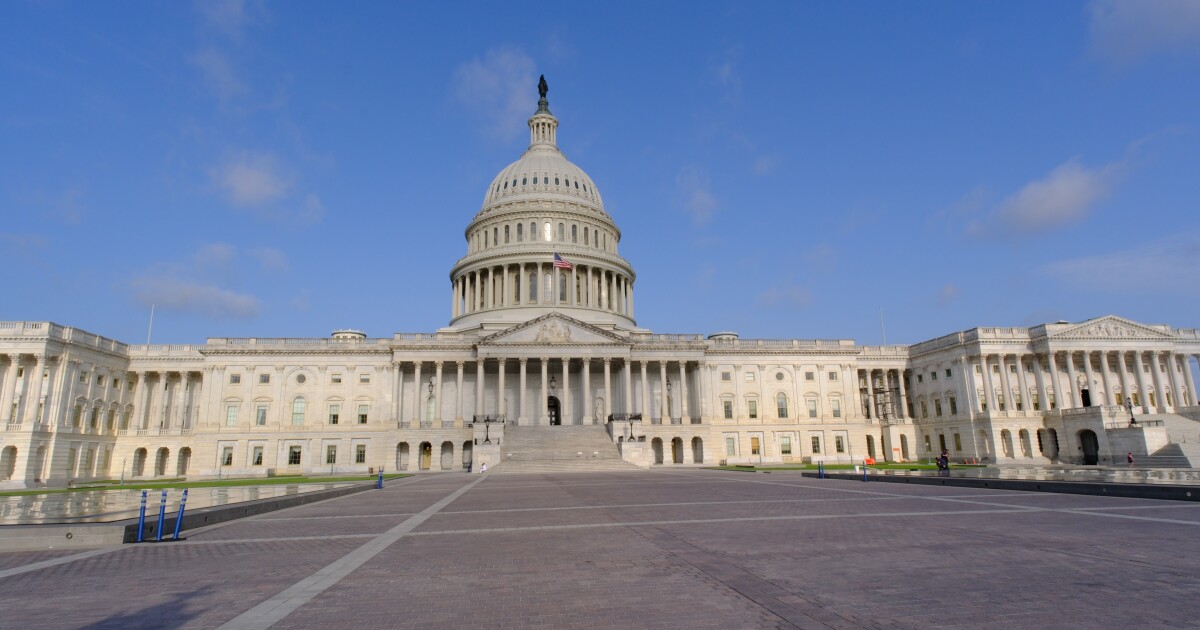
U.S. households are now paying roughly as much interest on other kinds of debt, from credit cards to student loans, as they are on their mortgages, according to the latest numbers from the Bureau of Economic Analysis.
Non-mortgage interest payments climbed to an annual rate of $573.4 billion in January. That's the highest on record even after adjusting for inflation — and within a hair's breadth of the $578.3 billion in annual mortgage interest that households were shelling out as of the last quarter of 2023.
The near-parity between the two series over recent months is unprecedented in data going back to the 1970s. For most of that period, interest payments on mortgages were about twice as large as other kinds.
The balance has shifted because millions of Americans locked in cheap home loans at the low rates that prevailed in the post-2008 decade, or the even lower ones early in the pandemic. It meant those debts were shielded when the Federal Reserve started jacking up borrowing costs. Other types of credit — which overall have grown faster than mortgage loans since the Great Financial Crisis — were not, and the cost of servicing them has ballooned since 2022.
One example illustrates the divergence: Even though the cost of new mortgages hit a multi-decade high last year, the effective rate that most homeowners actually pay remains near historic lows. Meanwhile, the typical charge on a credit card has climbed to a record above 20%, according to the Fed.
The rapidly growing burden of consumer debt has gotten some investors and economists worried about a wave of defaults.
US wages are now growing faster than the cost of living, but they lagged behind during most of the high-inflation period of the past few years. Especially after the government pared back pandemic benefits, many families relied on debt to maintain spending.
Overall
Still, for all the difficulties that higher borrowing costs are causing for many Americans, the aggregate picture of household finances suggests that the burden should be manageable for now.
The share of income that gets eaten up by interest payments has been growing fast, and it's now above what it was for most of the 2010s — but it's still well below what was normal in the decades before that.



